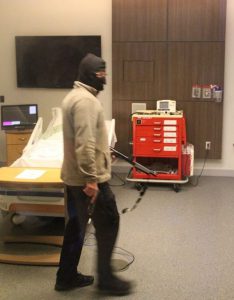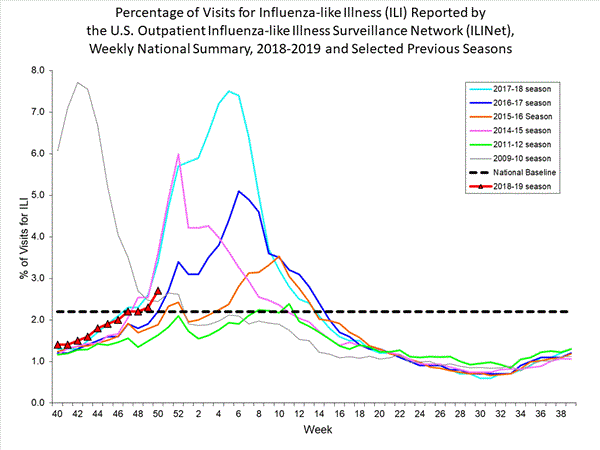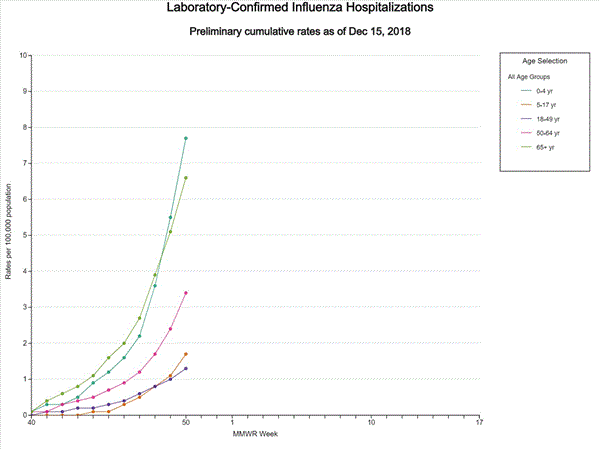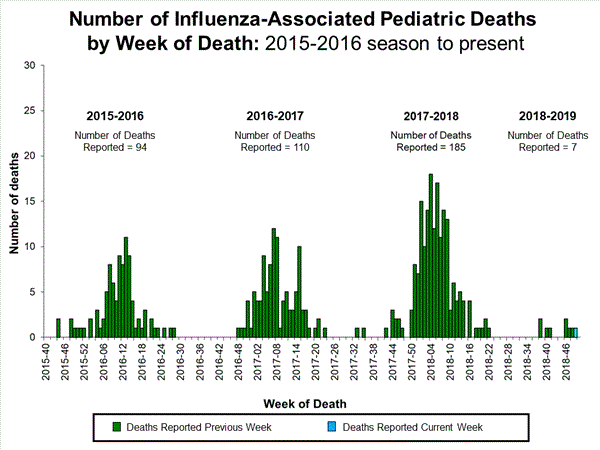Archive for December, 2018
One list of global problems that couldn’t be conquered in 2018. Wait till next year!
Monday, December 24th, 2018CLIMATE CHANGE
EBOLA
YEMEN: “……the starvation deaths of an estimated 85,000 children, and a 2-wave outbreak that led to more than 1 million cases of cholera.
….”
ROHINGYA
OPIOID CRISIS
GUN VIOLENCE
TUBERCULOSIS: “…..TB kills more than any other infectious disease—1.6 million by the WHO’s count….”
NONCOMMUNICABLE DISEASES: “….As 2018 draws to a close, so have the lives of 41 million people claimed this year by noncommunicable diseases…..”
MEASLES
#METOO
REFUGEES
Trends in the Draw of Americans to Foreign Terrorist Organizations from 9/11 to Today
Monday, December 24th, 2018Williams, Heather J., Nathan Chandler, and Eric Robinson, Trends in the Draw of Americans to Foreign Terrorist Organizations from 9/11 to Today. Santa Monica, CA: RAND Corporation, 2018. https://www.rand.org/pubs/research_reports/RR2545.html. Also available in print form.
“……..Key Findings
Terrorist Recruits in the Present Day
- The historic stereotype of a Muslim, Arab, immigrant male as the most vulnerable to extremism is not representative of many terrorist recruits today.
- Recruits are more likely to be Caucasian/white or African American/black, and to have been born in the United States.
- Recruits are more likely to be younger and less educated.
- Recruits are more likely to have converted to Islam as part of their radicalization process.
- Although they are still primarily male, recruits are increasingly likely to be female.
- Perhaps most important, recruits are at present more likely to be drawn to or influenced by ISIL rather than al Qaeda or its affiliates during their process of radicalization and journey to terrorism.
Recommendations
- A more thorough inquiry into this topic would benefit from the cooperation of law enforcement, and particularly the Federal Bureau of Investigation (FBI), which may be aware of additional cases that should be included and may have additional information regarding recruits’ conversion to Islam, educational background, and past criminal history. A research project done in collaboration with law enforcement could also gauge whether some of the increases or decreases in arrests could reflect a change in the posture or priorities of law enforcement.
- A more precise inquiry into how FTOs inspire terrorist actions would also consider the date when an individual began radicalizing, or at least when a law enforcement investigation was opened; ideally, it would probe the sequencing of the radicalization process of individuals in fine biographical detail. Incorporating these dates and data points would better reflect events that inspired an individual to conduct a terrorist act.
- Research efforts should consider whether to include the entire population of domestic terrorists inside the United States (e.g., individuals connected to white supremacists, sovereign citizens, militant environmentalists, revolutionary organizations, etc.). Doing so would require careful attention to definitions and coding criteria, as there is no universally set definition of terrorism.
- Focusing more on the motivation of actors — and resisting the temptation to label an attack as terrorism simply because the individual involved may have been Muslim or had a Middle Eastern background — could help us better understand, and therefore combat, the threat of terrorism in the United States……..”
Pediatric considerations in radiological emergencies: new recommendations
Sunday, December 23rd, 2018The reports, Pediatric Considerations Before, During, and After Radiological/Nuclear Emergencies, are available at
http://pediatrics.aappublications.org/content/early/2018/11/21/peds.2018-3000 and
http://pediatrics.aappublications.org/content/early/2018/11/21/peds.2018-3001
and will be published in the December issue of Pediatrics.
A tsunami hit Pandeglang, Serang and South Lampung, Indonesia, Saturday night with at least 168 people killed and at least another 745 missing.
Sunday, December 23rd, 20182018-2019 Influenza Season Week 50 ending December 15, 2018
Saturday, December 22nd, 2018Influenza activity in the United States is increasing. Influenza A(H1N1)pdm09, influenza A(H3N2), and influenza B viruses continue to co-circulate. Below is a summary of the key influenza indicators for the week ending December 15, 2018:
- Viral Surveillance: Influenza A viruses have predominated in the United States since the beginning of October. Influenza A(H1N1)pdm09 viruses are predominating in most areas of the country. However, in the most recent three weeks, influenza A(H3) viruses were most commonly reported in the southeastern United States (HHS Region 4). The percentage of respiratory specimens testing positive for influenza in clinical laboratories is increasing.
- Virus Characterization: The majority of influenza viruses characterized antigenically and genetically are similar to the cell-grown reference viruses representing the 2018–2019 Northern Hemisphere influenza vaccine viruses.
- Antiviral Resistance: All viruses tested show susceptibility to the neuraminidase inhibitors (oseltamivir, zanamivir, and peramivir).
- Influenza-like Illness Surveillance: The proportion of outpatient visits for influenza-like illness (ILI) increased to 2.7%, which is above the national baseline of 2.2%. Eight of 10 regions reported ILI at or above their region-specific baseline level.
- ILI State Activity Indictor Map: Two states experienced high ILI activity; New York City and nine states experienced moderate ILI activity; Puerto Rico and 11 states experienced low ILI activity; the District of Columbia and 28 states experienced minimal ILI activity.
- Geographic Spread of Influenza: The geographic spread of influenza in Guam and six states was reported as widespread; 18 states reported regional activity; 19 states reported local activity; and the District of Columbia, Puerto Rico, the U.S. Virgin Islands and seven states reported sporadic activity.
- Influenza-associated Hospitalizations A cumulative rate of 2.9 laboratory-confirmed influenza-associated hospitalizations per 100,000 population was reported. The highest hospitalization rate is among children younger than 5 years (7.7 hospitalizations per 100,000 population).
- Pneumonia and Influenza Mortality: The proportion of deaths attributed to pneumonia and influenza (P&I) was below the system-specific epidemic threshold in the National Center for Health Statistics (NCHS) Mortality Surveillance System.
- Influenza-associated Pediatric Deaths: One influenza-associated pediatric death was reported to CDC during week 50.
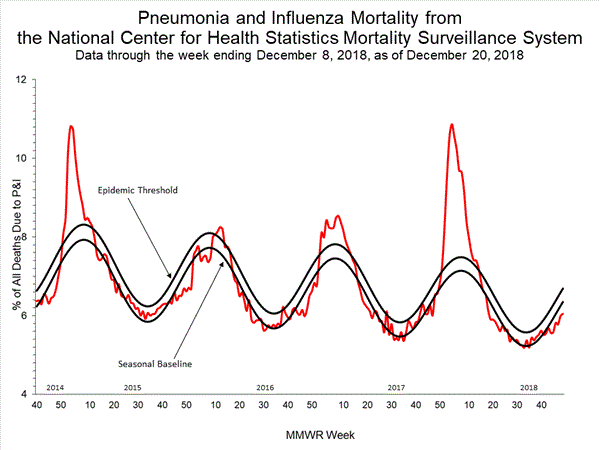
Small molecule therapeutics (SMTs) polymer nanoparticles (NP) and have been proposed as potential prereferral treatments for snakebite
Saturday, December 22nd, 2018Bulfone TC, Samuel SP, Bickler PE, Lewin MR.
Developing Small Molecule Therapeutics for the Initial and Adjunctive Treatment of Snakebite.
J Trop Med. 2018;2018:4320175. Published 2018 Jul 30. doi:10.1155/2018/4320175
- Snakebite envenomation is a neglected tropical disease that causes more than 100,000 deaths every year
- SMTs represent a potentially useful adjunctive therapy to antivenoms, the current mainstay of care for symptomatic snakebite.
Engineered nanoparticles bind elapid snake venom toxins and inhibit venom-induced dermonecrosis
- Jeffrey O’Brien,
- Shih-Hui Lee,
- José María Gutiérrez,
- Kenneth J. Shea

- Published: October 4, 2018
- https://doi.org/10.1371/journal.pntd.0006736
“…..The work describes hope for treatment of snakebite, a broad-spectrum antivenom comprised polymer nanoparticles (NPs) engineered to sequester the major protein toxins in elapid snakes. The stable, low-cost NPs can be administered subcutaneously immediately after the bite at the site of envenoming to halt or reduce the extent of local tissue damage and mitigate the systemic distribution of toxins post-envenoming…..”
Three is a Magic Number (for NTDs!)
Saturday, December 22nd, 2018It was a BIG year for eliminating neglected tropical diseases (NTDs) as a public health problem in three USAID-supported countries.
Ghana (link is external) and Nepal (link is external) said goodbye to trachoma, the leading infectious cause of blindness.
Lymphatic filariasis (elephantiasis) got kicked to the curb by Vietnam.
The bombing of Pan Am Flight 103 over Lockerbie, Scotland took place on 12/21/1988, killing 270 souls.
Friday, December 21st, 2018Vanuatu: Vaccines Delivered by Drone
Friday, December 21st, 2018
“…..with support from Unicef, the Australian government and the Global Fund to Fight AIDS, Tuberculosis and Malaria, began its drone program on Monday. It will initially serve three islands but may be expanded to
many more..…”
 …”
…”
Rabies in a Dog: From Egypt to Connecticut (2017)
Friday, December 21st, 2018Hercules Y, Bryant NJ, Wallace RM, et al. Rabies in a Dog Imported from Egypt — Connecticut, 2017. MMWR Morb Mortal Wkly Rep 2018;67:1388–1391. DOI: http://dx.doi.org/10.15585/mmwr.mm6750a3.
“……Since 2007, three cases of canine rabies virus variant were reported in dogs imported into the United States, one each from India (2007), Iraq (2008), and Egypt (2015) (1–3). On December 20, 2017, a dog imported into the United States from Egypt was identified with rabies, representing the second case from Egypt in 3 years. An Egyptian-based animal rescue organization delivered four dogs from Cairo, Egypt, to a flight parent (a person solicited through social media, often not affiliated with the rescue organization, and usually compensated with an airline ticket), who transported the dogs to the United States. The flight parent arrived at John F. Kennedy International Airport (JFK) in New York City and, via transporters (persons who shuttle dogs from one state to another), transferred the dogs to foster families; the dogs ultimately were adopted in three states. The Connecticut Department of Public Health Laboratory (CDPHL) confirmed the presence of a canine rabies virus variant in one of the dogs, a male aged 6 months that was adopted by a Connecticut family. An investigation revealed the possibility of falsified rabies vaccination documentation presented on entry at JFK, allowing the unvaccinated dog entry to the United States. This report highlights the continuing risk posed by the importation of dogs inadequately vaccinated against rabies from high-risk countries and the difficulties in verifying any imported dog’s health status and rabies vaccination history.….”


